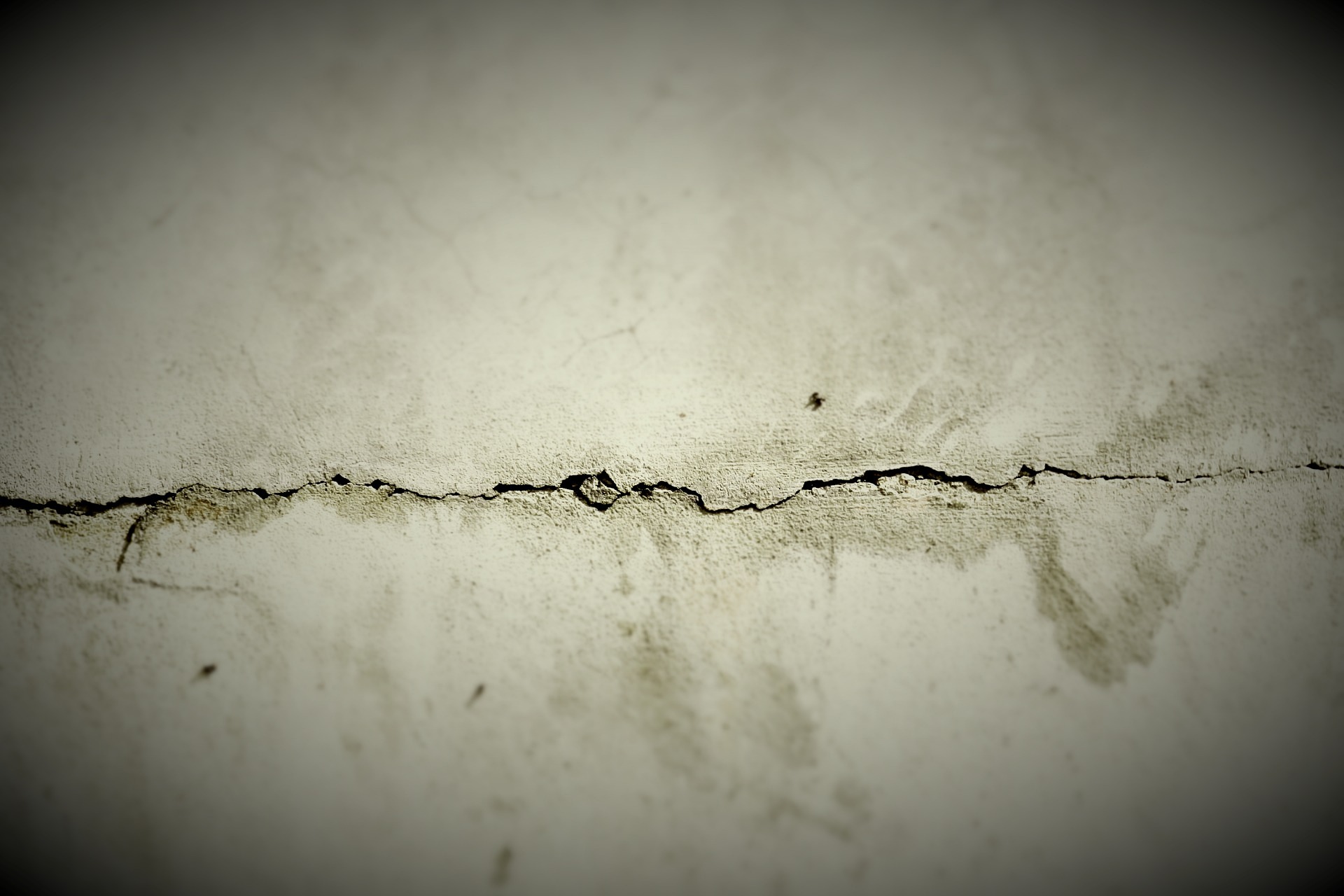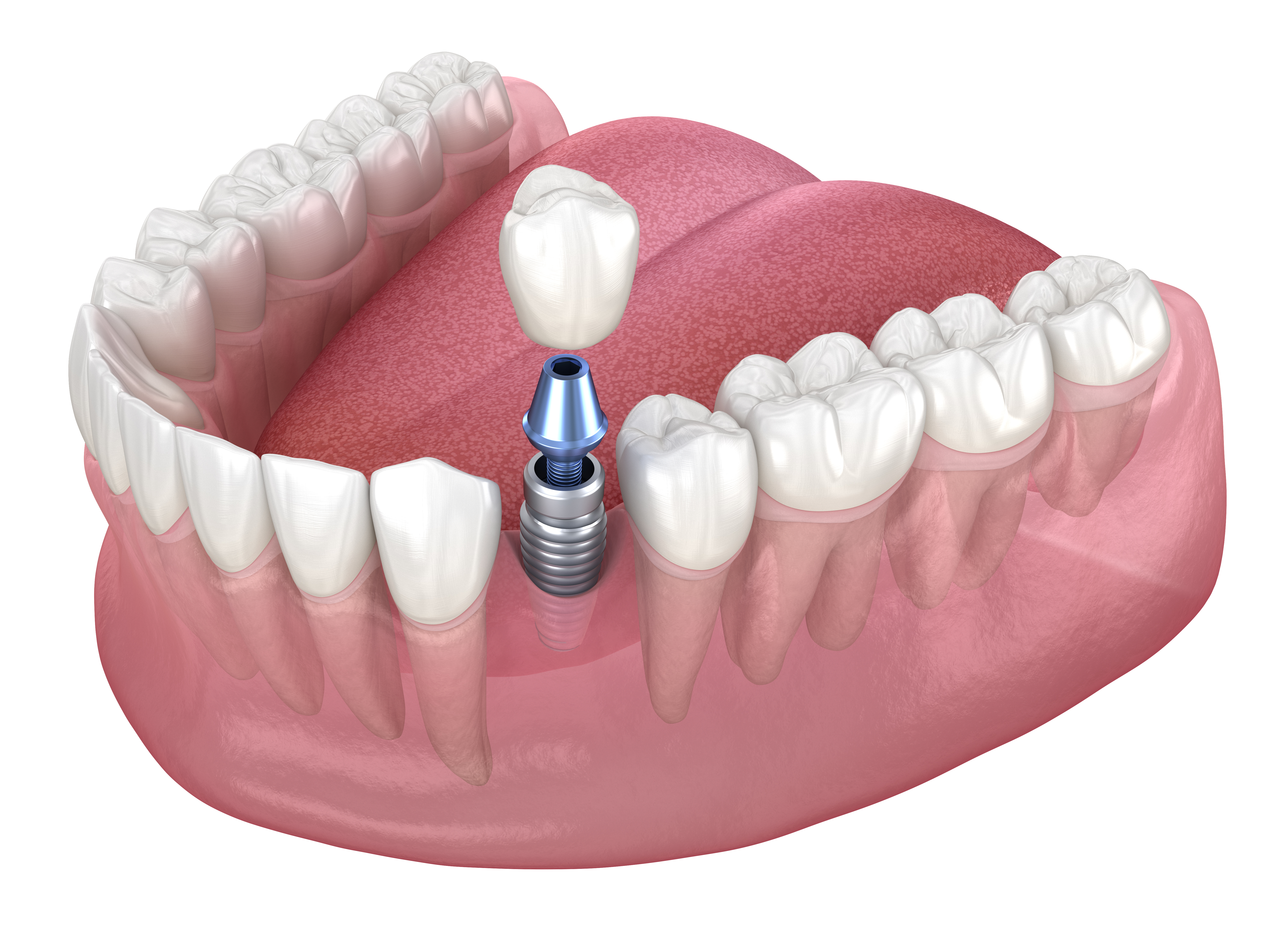The Ultimate Guide to Concrete Crack Repair: Fillers and Patching Solutions
Concrete is a durable and versatile building material, but it's not immune to cracking. Whether you're dealing with a residential driveway or a commercial structure, understanding how to repair concrete cracks is essential for maintaining the integrity and appearance of your property. This guide will explore the various types of concrete cracks, their causes, and the most effective repair solutions available.

Understanding Concrete Cracks: Causes and Implications
Concrete cracks can occur for numerous reasons, including shrinkage during curing, thermal expansion and contraction, excessive loading, and soil settlement. While some cracks are merely cosmetic, others can indicate structural issues or lead to more severe damage if left untreated. Identifying the type and cause of a crack is crucial for determining the appropriate repair method.
Types of Concrete Cracks: From Hairline to Structural
Concrete cracks come in various forms, each requiring a specific approach to repair:
-
Hairline cracks: These are superficial and typically don’t require structural repair.
-
Shrinkage cracks: Common in new concrete, these occur as the material dries and cures.
-
Settlement cracks: These result from uneven soil support beneath the concrete.
-
Structural cracks: Often wider and deeper, these can compromise the integrity of the concrete.
Understanding the nature of the crack will guide you in selecting the most suitable repair method.
Polyurethane Foam: A Versatile Solution for Crack Repair
Polyurethane foam is a popular choice for concrete crack repair due to its versatility and effectiveness. This expanding foam can be injected into cracks, where it expands to fill the void and create a waterproof seal. Polyurethane foam is particularly useful for:
-
Repairing active cracks that continue to move
-
Sealing leaks in foundations and basements
-
Stabilizing concrete slabs
Its quick curing time and ability to bond well with concrete make it an efficient solution for many types of cracks.
Cementitious Crack Fillers: Restoring Strength and Appearance
Cementitious crack fillers are ideal for repairing static cracks in concrete surfaces. These products are typically a mixture of Portland cement, fine sand, and special additives that enhance bonding and flexibility. Cementitious fillers are best suited for:
-
Filling non-moving cracks in floors, walls, and driveways
-
Restoring the structural integrity of concrete
-
Providing a smooth, paintable surface after repair
When properly applied, cementitious fillers can effectively blend with the surrounding concrete, offering both structural and aesthetic benefits.
Silicone Sealants: Flexibility for Dynamic Cracks
Silicone sealants offer a flexible solution for cracks that may continue to expand and contract with temperature changes or structural movement. These sealants are particularly useful for:
-
Sealing joints between concrete sections
-
Repairing cracks in areas subject to moisture exposure
-
Providing a weatherproof barrier in exterior concrete applications
Silicone sealants maintain their elasticity over time, allowing them to accommodate ongoing movement without failing.
Comparison of Concrete Crack Repair Solutions
When choosing a concrete crack repair method, it’s important to consider factors such as the type of crack, location, and desired outcome. Here’s a comparison of common repair solutions:
| Repair Solution | Best For | Application Method | Durability | Cost Estimation |
|---|---|---|---|---|
| Polyurethane Foam | Active cracks, water leaks | Injection | High | $50 - $150 per linear foot |
| Cementitious Fillers | Static cracks, surface repairs | Trowel or putty knife | Medium to High | $20 - $60 per linear foot |
| Silicone Sealants | Expansion joints, weatherproofing | Caulk gun | Medium | $10 - $30 per linear foot |
Prices, rates, or cost estimates mentioned in this article are based on the latest available information but may change over time. Independent research is advised before making financial decisions.
Choosing the Right Repair Method for Your Concrete Cracks
Selecting the appropriate repair solution depends on several factors:
-
The width and depth of the crack
-
Whether the crack is active or static
-
The location of the crack (interior or exterior)
-
The intended use of the concrete surface
For hairline cracks, a simple sealant may suffice. Larger or structural cracks might require professional assessment and more robust repair techniques, such as epoxy injection or carbon fiber reinforcement.
In conclusion, understanding the nature of concrete cracks and the available repair options is crucial for maintaining the longevity and safety of concrete structures. Whether you’re dealing with a minor cosmetic issue or a more serious structural concern, there’s a suitable repair method to address the problem. By carefully assessing the crack and choosing the appropriate filler or patching solution, you can effectively restore the integrity and appearance of your concrete surfaces.




